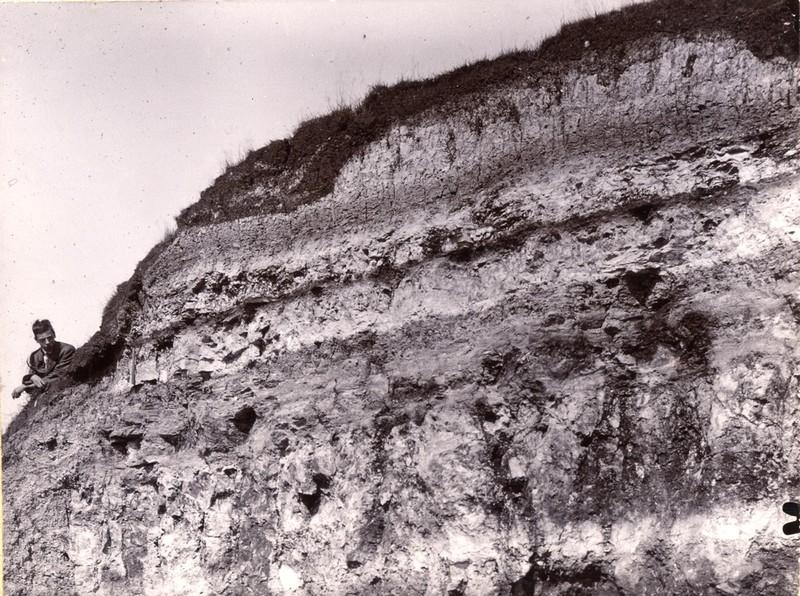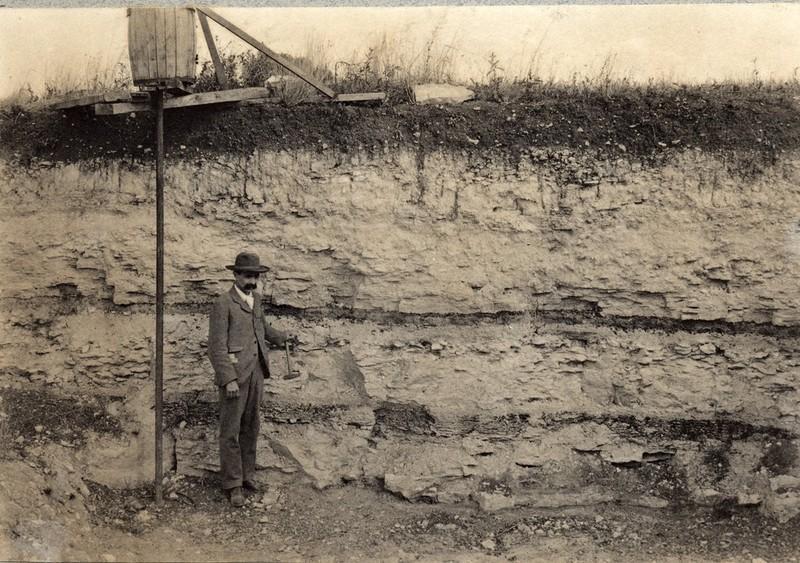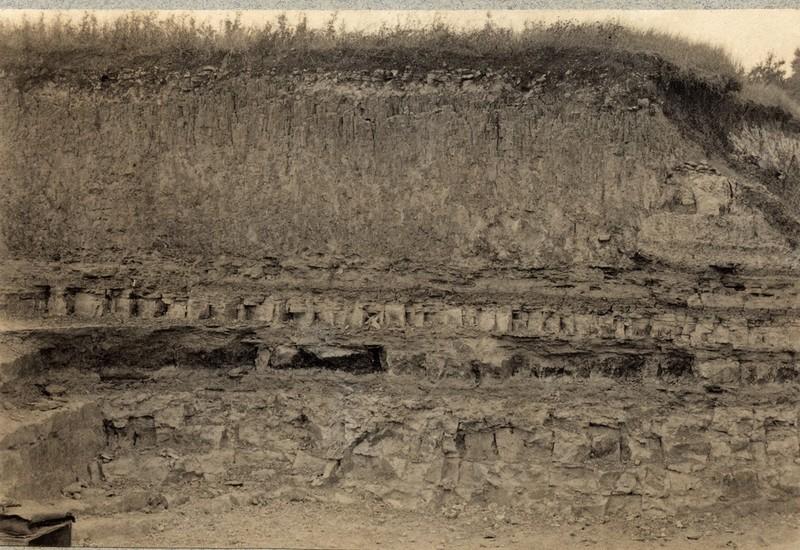|
Bucks Geology GroupPurbeck Limestone FormationThe Purbeck Formation is a series of brackish to freshwater limestones, marls and mudstones that span the Jurassic-Cretaceous boundary in Southern England. Although the lower, Jurassic part of the Purbeck Formation is in fact of Portlandian age, it is not a part of the Portland Formation, which is strictly a rock, not time, unit. There are no extensive permanent exposures of this formation in Buckinghamshire, although a degraded section is visible in what little remains of the Bugle Pit SSSI, Hartwell. Blocks of Purbeck Limestone occur as field brash across its limited outcrop, on top of the Portland Formation ridges, e.g. at Dinton and Upper Winchendon. The Purbeck Formation differs from the Portland Formation in its depositional environment - a restricted, shrinking seaway which had been open to the south, in which salinity was often concentrated above normal levels. The thin representative of the Purbeck Limestone in Buckinghamshire represents it's most northeasterly occurrence in the country. The rocks are thinly bedded fine-grained pale limestones and calcareous clay (marl). Further northeast, higher ground at the end of the Jurassic separated this southern seaway from the vast Boreal Shelf sea which stretched across Northern Europe and the Russian Platform. The Purbeck Limestone Formation of Buckinghamshire can be summarised as follows: 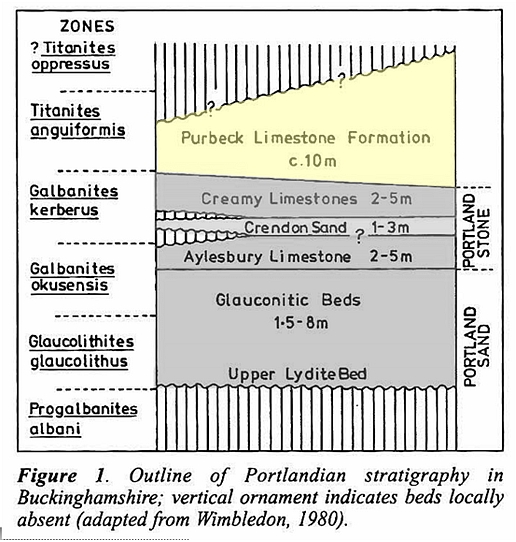
Fossils such as algal stromatolites and an abundant but low diversity fauna of gastropods found in this rock testify to the unusual salinity. Proximity to land is suggested by possible freshwater snail shells, mud-cracked surfaces and dinosaur teeth and bones, which have been found in the Bugle Pit. Fish, insects and turtles are less common finds from these thin limestones and marls. But the Purbeck strata are probably most recognised as the raw material for the local walling material Witchert. The subsoil of weathered Purbeck Beds forms a suitable material for the construction of boundary walls, houses, barns and even churches. As it is easily washed away by rain, these walls are characterised by a plaster cover and when not covered by a roof, by a tiled top surface. At least 200 Witchert buildings are known from Buckinghamshire, particularly in Haddenham, Dinton and surrounding villages. Hover cursor over photograph for label.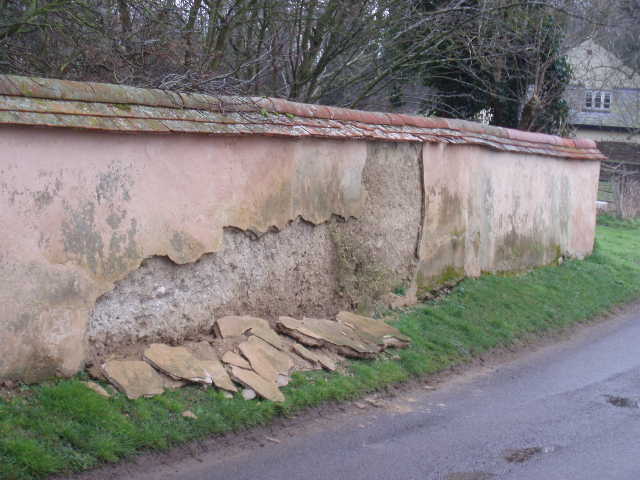
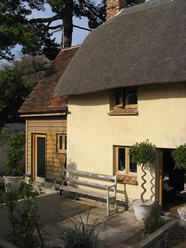
Antique photographs courtesy of British Geological Survey
|

